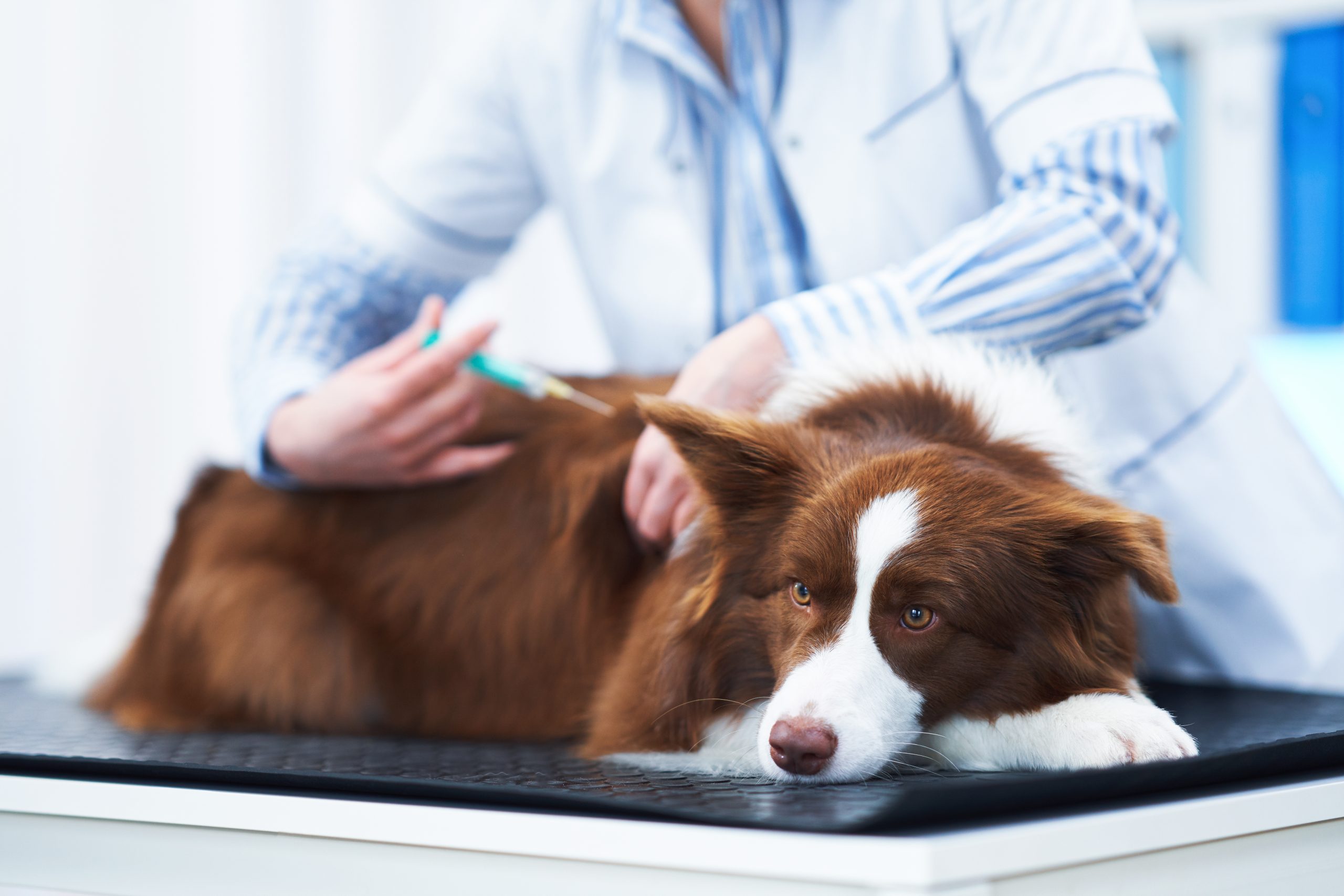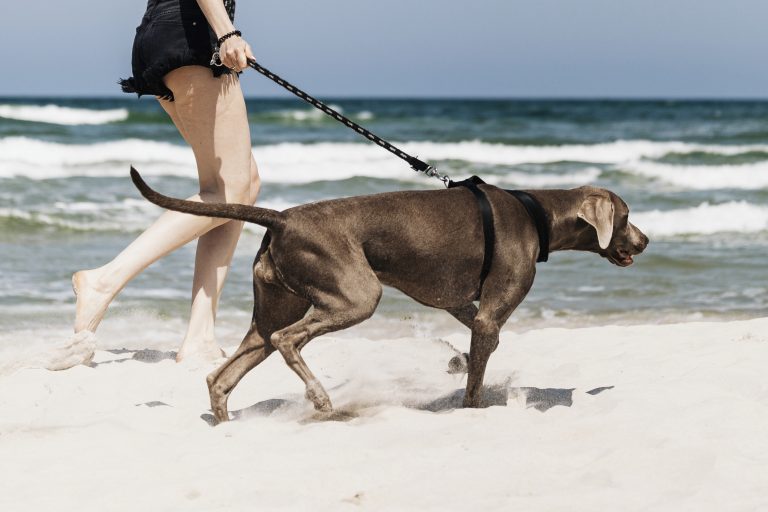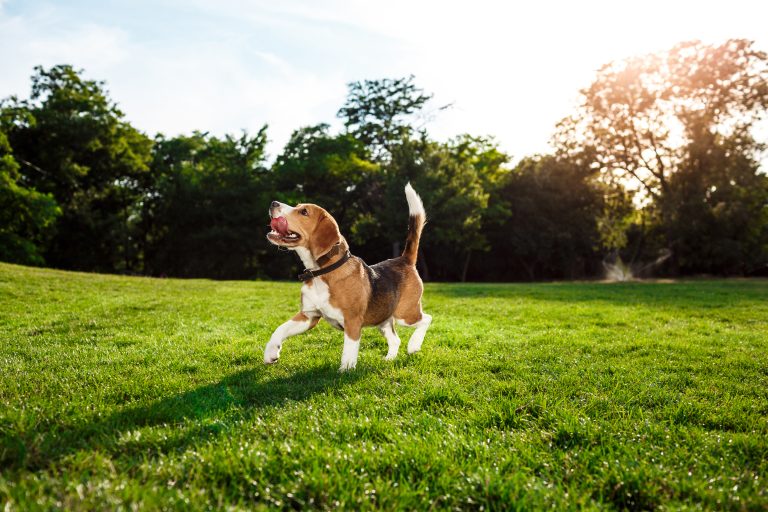Indications That Your Dog Is Suffering From Heat-Related Illness
As soon as the rainy season is over, Vancouver can quickly get very hot. Dogs can’t put sunscreen on, and clothes might make them more desirable because they make their bodies warmer. To make sure your dog doesn’t hurt, what can you do? Keep your dog cool, and you can learn how. But you also need to know what to look for in your dog if they have a heat-related illness.
Types of illnesses caused by the heat
Heatstroke
When your dog’s temperature increases more than usual, they can’t do their body parts right. In this case, it’s called “heat stroke.” It can lead to organ failure if you don’t get it treated. It can happen if you don’t give your dog water, leave them in the car for too long on a hot day, or don’t have enough shade.
If you have a dog, you should know that some breeds are more likely to get hot than others. Dogs with thick fur, short noses, and other health problems are more likely to get sick. This is what you should look for if you think you have heatstroke: rapid panting, vomiting; seizures; bright red or pale gums; thick saliva; and dark diarrhea are all signs. As soon as you start to feel the symptoms of heatstroke, it would help get them taken care of right away.
Several other things can create your dog more likely to get heat-related illnesses, like being overweight, how ancient they are, where they live, and even what kind of dog they are. Every dog is unique, and you don’t want to miss the signs that your dog is hurting. I Hope you do what you can to keep your dog from getting sick from the heat and keep him happy and healthy. If your dog displays these signs, call your veterinarian right away.
Dehydration
Many dogs don’t drink enough or don’t drink enough water. Even though, as the owner, you should always check their levels and see if they’re getting enough water. If they don’t drink enough water daily during the hot months, they could become thirsty. When your dog misses moreover fluid than they are taking in, they become dehydrated. You and your dog could die if you don’t drink enough water.
Your dog’s body needs water to help them digest, cushion their internal organs, lubricate joints, and keep their body temperature stable, so they don’t get dehydrated. It is usual for your dog to lose and gain water all day. You should be aware of the signs that your dog isn’t getting enough water. A dry mouth, thick saliva, sticky gums, loss of appetite, sunken eyes, lethargy, and shock are all signs that your dog is not acquiring enough water, and you should get it checked out.
Burns On Paw Pad
Some terrain can be challenging for your dog to walk on in hot places because they might begin to stroll on the grass or in the water more often than on the pavement or asphalt. It’s important not to overestimate how well your dog can walk in hot weather, even though their paw pads are hard.
If you see them walking in more incredible places, it could mean that their paw pads have been burned, which could be very dangerous. Before you take your dog for a walk-in hot weather, make sure it’s cool enough. You might want to walk them in the morning or night when the weather is nice.
This is because your shoes will keep the heat from getting into your body. The pain is much worse for your dog. While some dogs have different-shaped paws, all breeds can still get burned. As a bonus, dogs often don’t know they’ve burned their pads until it’s too late.
As soon as you begin to notice evidence like your dog not wanting to walk, laying on the ground, or licking their feet, it would help if you stopped walking your dog. These are all signs of paw pad disease, also known as paw pad disease in dogs, and they should not be ignored. Take them home and let them rest for a while to see if their symptoms go away. If they last for a long time, take your dog to the veteran for handling.
How Do You Concern About A Dog With Heatstroke?
Dogs can get heatstroke if they’re panting or drinking too much. You’ll need to give your dog basic first aid to avoid a problem. The dog should be moved to a place that isn’t in direct sunlight right away. Second, put wet towels on the dog’s skin to cool him down. If you can, you can also sprinkle cool water on him.
Is It Possible For A Dog To Survive A Heat Stroke?
There is a big difference between how intense the heat stroke is and whether your dog will live. It is hazardous for the dog’s temperature to rise above 103° F. When the vital organs are shut down, there is no way back, and the damage has already been done. Most dogs can’t handle a heat stroke, but if your dog is lucky, they need a 24-48-hour window to recover fully.
Heatstroke in a dog is caused by what?
People who don’t take care of their dogs can make them have a stroke. A dog’s temperature can rise because it spends more time in the car, doesn’t get enough shade in the sun, or isn’t groomed correctly, so these things can cause it. Other things that can cause a heat stroke are being overweight, old, or other medical problems.
WHAT HAPPENS IF A DOG SUFFERS FROM HEATSTROKE?
A dog will likely get a heat stroke when it gets too hot. If you get a bad case of heatstroke, you’ll have different symptoms based on how bad it is. Dogs with mild heat exhaustion pant a lot, drool a lot, and have fevers, so it’s essential to keep your dog cool all summer. Heatstroke can cause the dog’s gums to turn reddish-gray or bluish. He will start vomiting, and then he will begin to have seizures and tremors.







